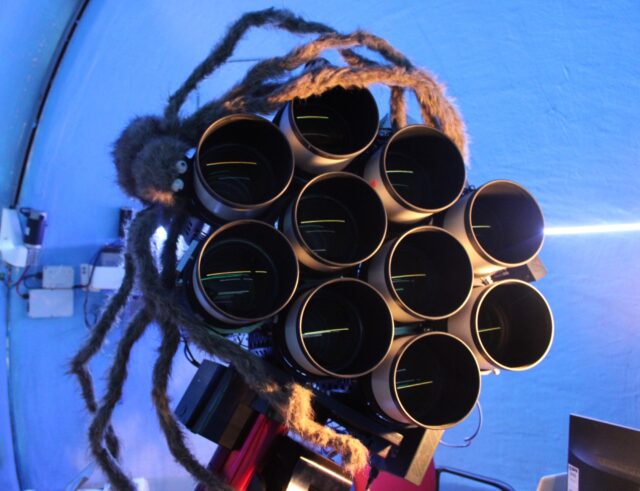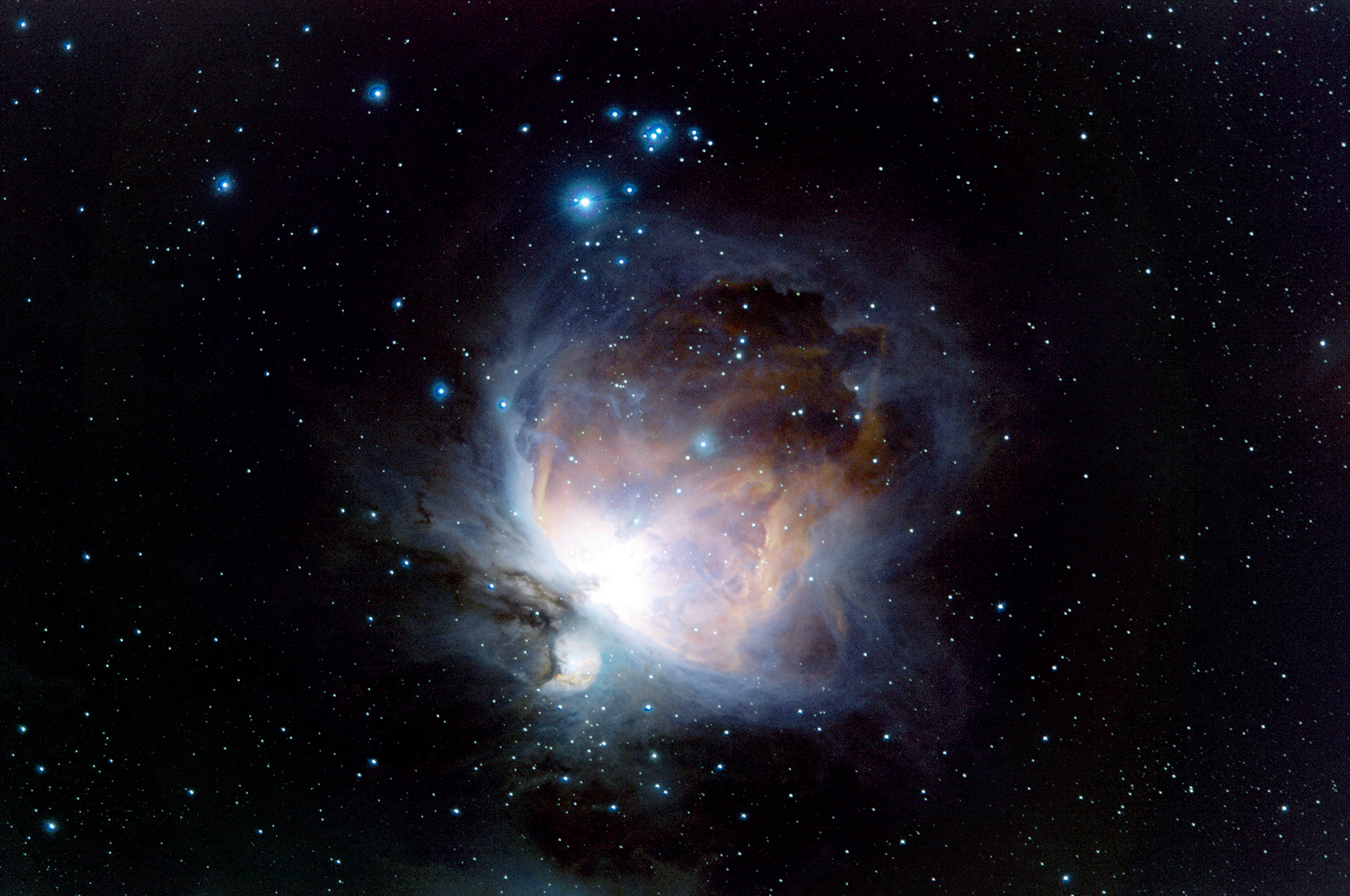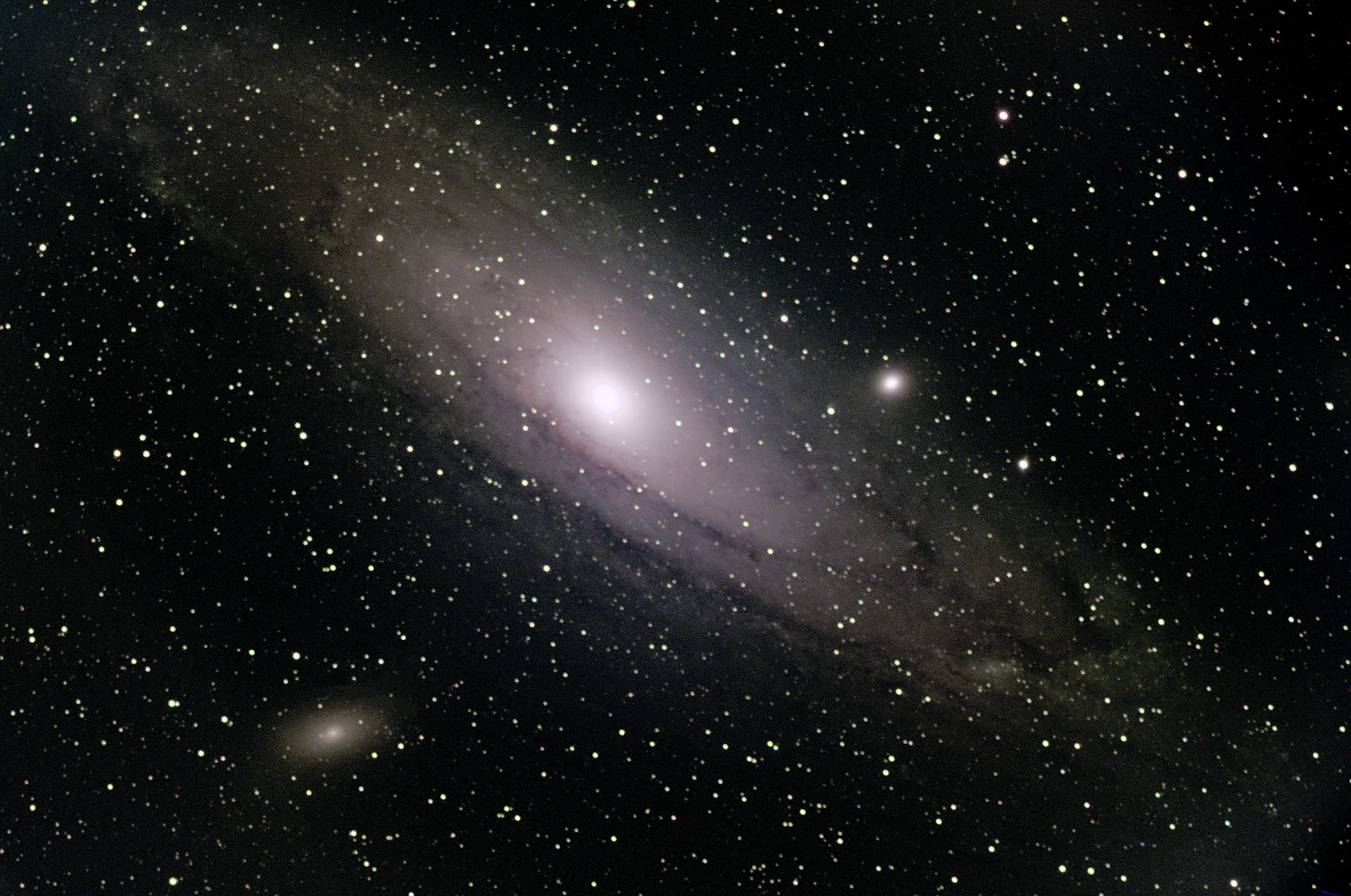Canon Australia and Macquarie University have teamed up create The Huntsman Telescope, a novel design concept consisting of 10 Canon EF 400mm f2.8 L IS II lenses that aims to ‘hunt’ and study far-away galaxies and object.

The telescope is the only of its kind in the Southern Hemisphere, and is located at the Siding Spring Observatory near Coonabarabran, NSW. The 10 high-end lenses, which Canon notes are commercially available for around $10K a piece, come together to form a telescope which will perform a number of tasks.
This includes ‘deep southern sky surveys to provide researchers with a unique understanding about galaxy formation and evolution; how galaxies form, how they grow, how they engage with structures that surround them, and what happens when galaxies collide’.
Dr Lee Spitler, principal investigator of the Huntsman Telescope from Macquarie University, suggests the work will be crucial to understanding what might happen if our Milky Way Galaxy has a head on collision with its neighbour, the Andromeda Galaxy.
‘The Huntsman Telescope is pioneering the way in which we view our Southern skies by capturing images of the faintest galaxy structures that conventional telescopes simply couldn’t,’ Dr Spitler said. ‘The ability to observe the remnants of galaxies colliding with each other and searching for the faintest and smallest galaxies in the universe, will help us understand the potential fate of the Milky Way in the far distant future.’
The design is inspired by the US-based Dragonfly Telephoto Array, which includes a whopping 48 Canon 400 mm f2.8 lenses. We’re talkin’ $480K of Canon glass right there.
Back to the Huntsman. The coated lens array contrasts to a conventional mirror telescope, which apparently has an imperfectly polished surface prone to introducing subtle errors. This in turn ruins faint, extended structures surrounding galaxies.
Each lens is additionally equipped with a ‘single monolithic wide-field detector covering six square degrees’.
‘With multiple redundant lines of sight, the Huntsman is able to achieve extremely accurate modelling of the night sky emission and produce ultra-clear renderings of our universe.’
Five of the nine Huntsman Telescope technical and science team are Macquarie PHD students, including Sarah Caddy who captured the following image:

And, she notes, the Huntsman is primed to be updated with more Canon lenses. Upgrades are already in the pipeline.
‘The Huntsman’s new suite of powerful computers enable each lens or “eye” of the Huntsman to operate independently of each other,’ she said. ‘This will allow the telescope to autonomously detect ultra-fast transient events like stellar flares from distant stars, or even more exotic phenomenon like aiding the search for origin of fast radio bursts that continue to elude astronomers.’
The Huntsman Telescope will be open to the public on 1 October 2022, as part of the annual StarFest. The project is a jointly-led project from Macquarie University School of Mathematical and Physical Sciences and the Australian Astronomical Optics Macquarie, both within the Faculty of Science and Engineering at Macquarie University. The project is supported financially by a Discovery Project awarded through the Australian Research Council.






Be First to Comment